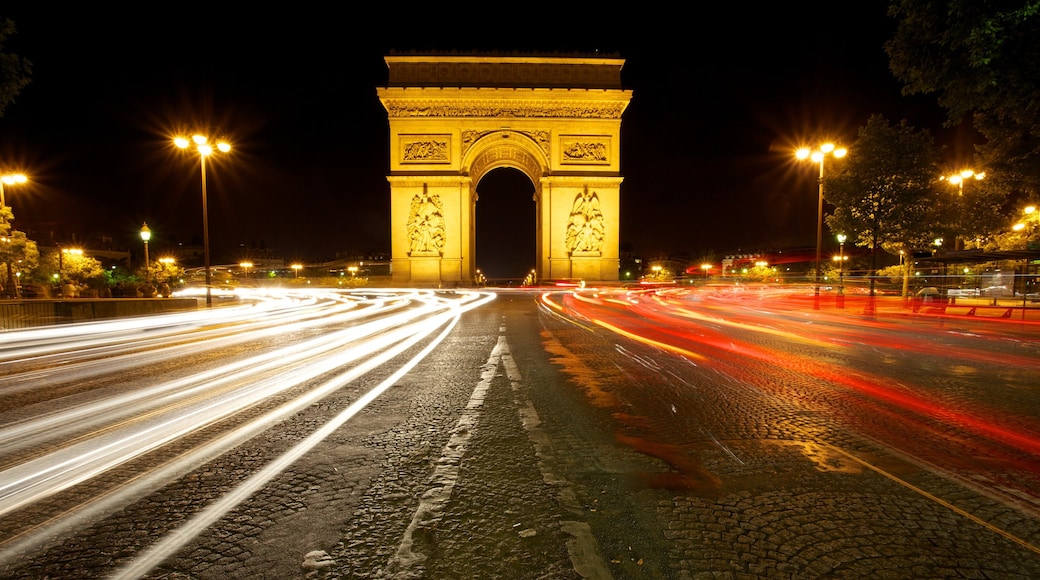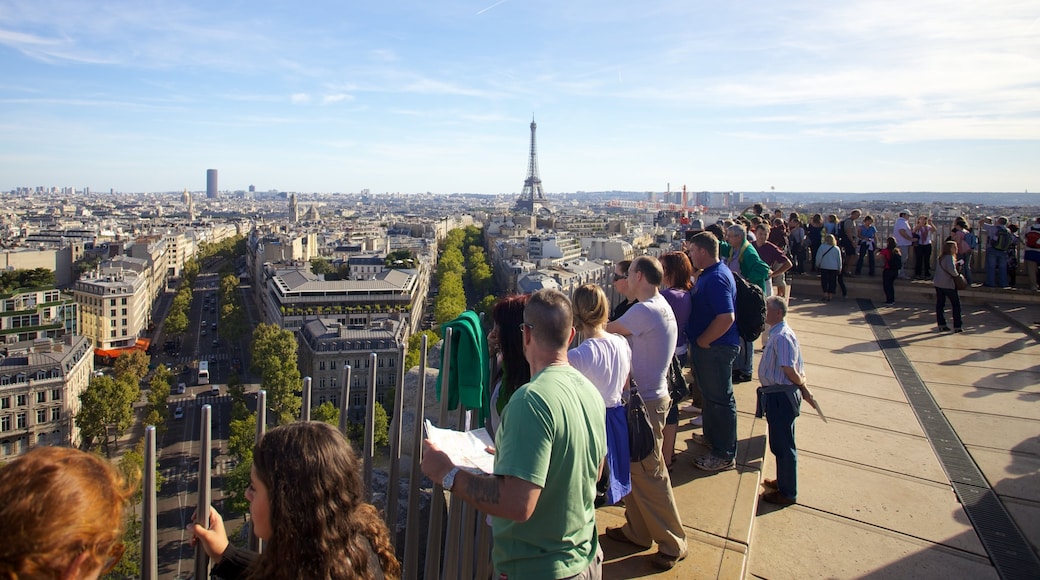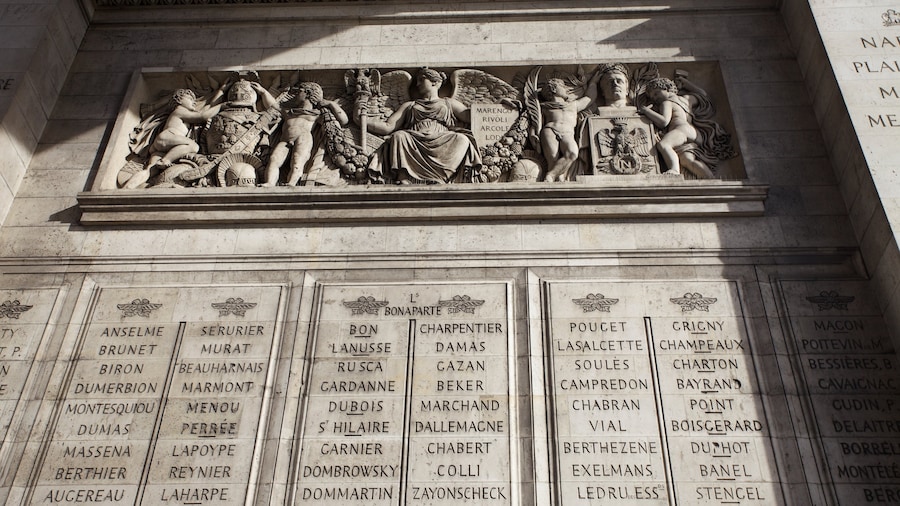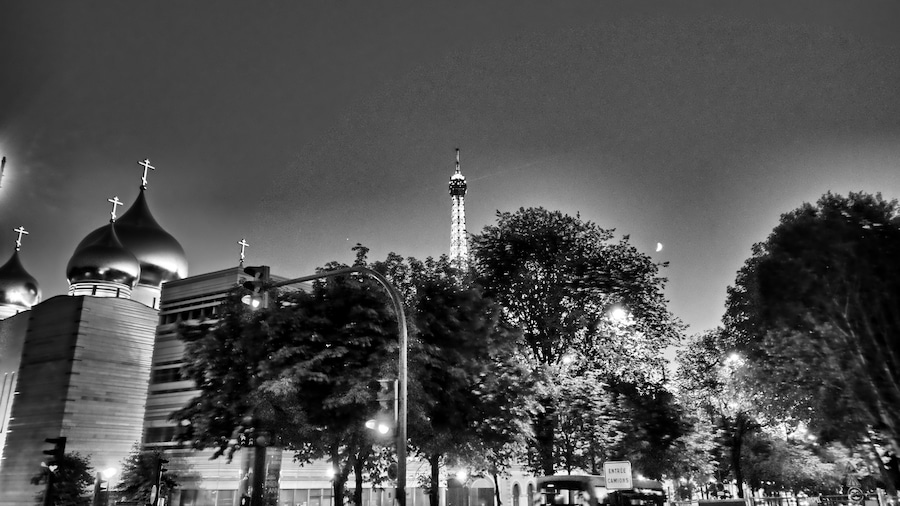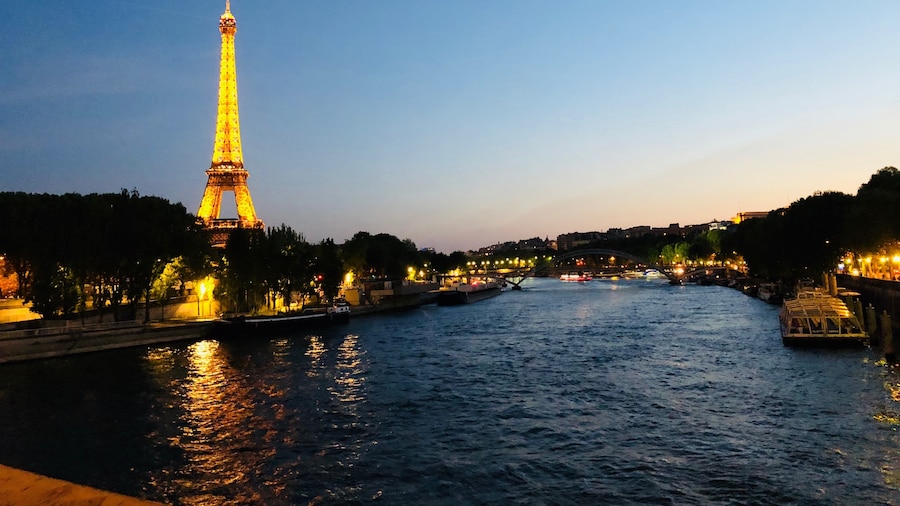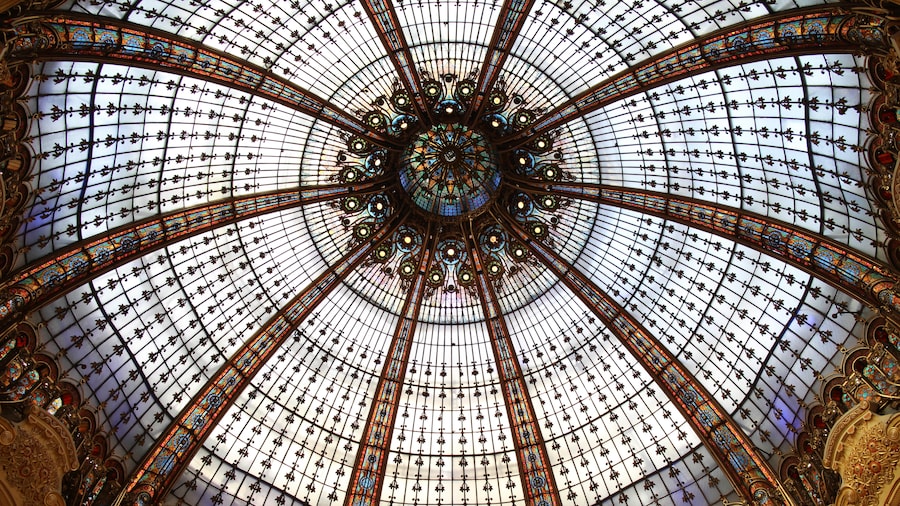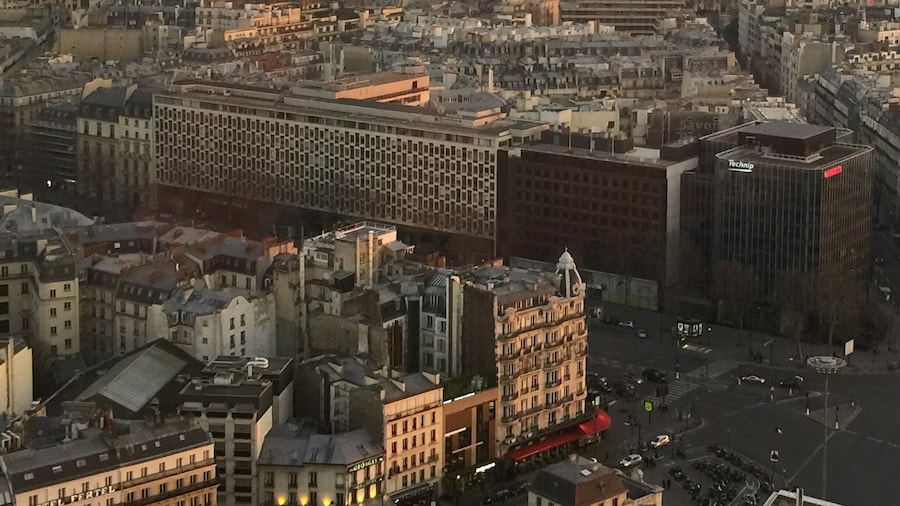Soaring 50 metres above the Parisian skyline, the top of the Arc de Triomphe is a great vantage point from which to look out across the city, and to see the cars approaching from 12 different avenues to the traffic island on which the monument stands.
Built by Napoleon I after his military victory at Austerlitz in 1806, it was completed 30 years later, long after the French leader died. It was commissioned as a memorial to those who had fought in the Napoleonic Wars, and on the sides you can see engravings commemorating French troops and leaders. You'll also see François Rude's 'The Departure of the Volunteers of 1792', portraying French folk defending their country led by Liberty – a work that would become known as La Marseillaise after the country's song.
It won't cost you to explore the base of the arch which lies at a busy junction. The pillars of the arch are so wide that a pilot famously flew his plane through it back in 1919. You can also see the grave and eternal flame here of the unknown soldier, in remembrance of those who died in World War I. The flame is rekindled every day at 6:30 p.m.
You will have to pay a fee to reach the top of the arch. Head up its 284 steps or take the lift. When you're at the top, apart from the magnificent view, you’ll also find museum and a gift shop.
The monument can be reached by car or by walking along the Champs Elysées. Even though this is a busy traffic junction, there is enough space for you to comfortably stop and admire the monument's ornate design. You can also take the bus, metro or railway, but be aware that parking is likely to be difficult if you're driving.
Situated on the Right Bank in the 16th arrondissement, the Arc de Triomphe is open daily. If you're here for Bastille Day, the monument marks the focal point of the parade, with a huge flag draped down the façade.
